
How to Use MAX3485-TTL: Examples, Pinouts, and Specs
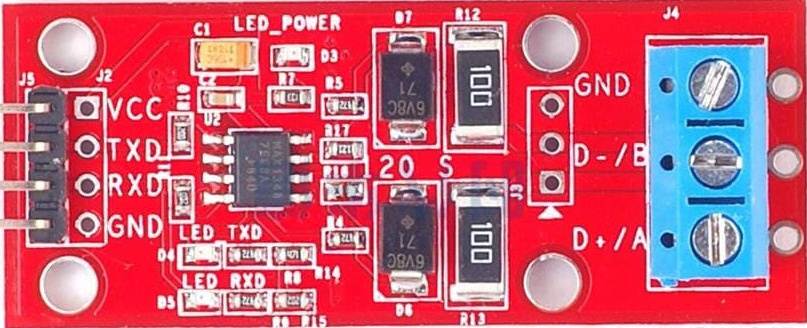
 Design with MAX3485-TTL in Cirkit Designer
Design with MAX3485-TTL in Cirkit DesignerIntroduction
The MAX3485-TTL, manufactured by Analog Devices, is a low-power, half-duplex RS-485 transceiver designed for reliable communication over long distances. It operates at TTL logic levels, making it ideal for interfacing with microcontrollers and other digital systems. This transceiver is particularly well-suited for applications requiring robust data transmission in noisy environments, such as industrial automation, building management systems, and remote data acquisition.
Explore Projects Built with MAX3485-TTL
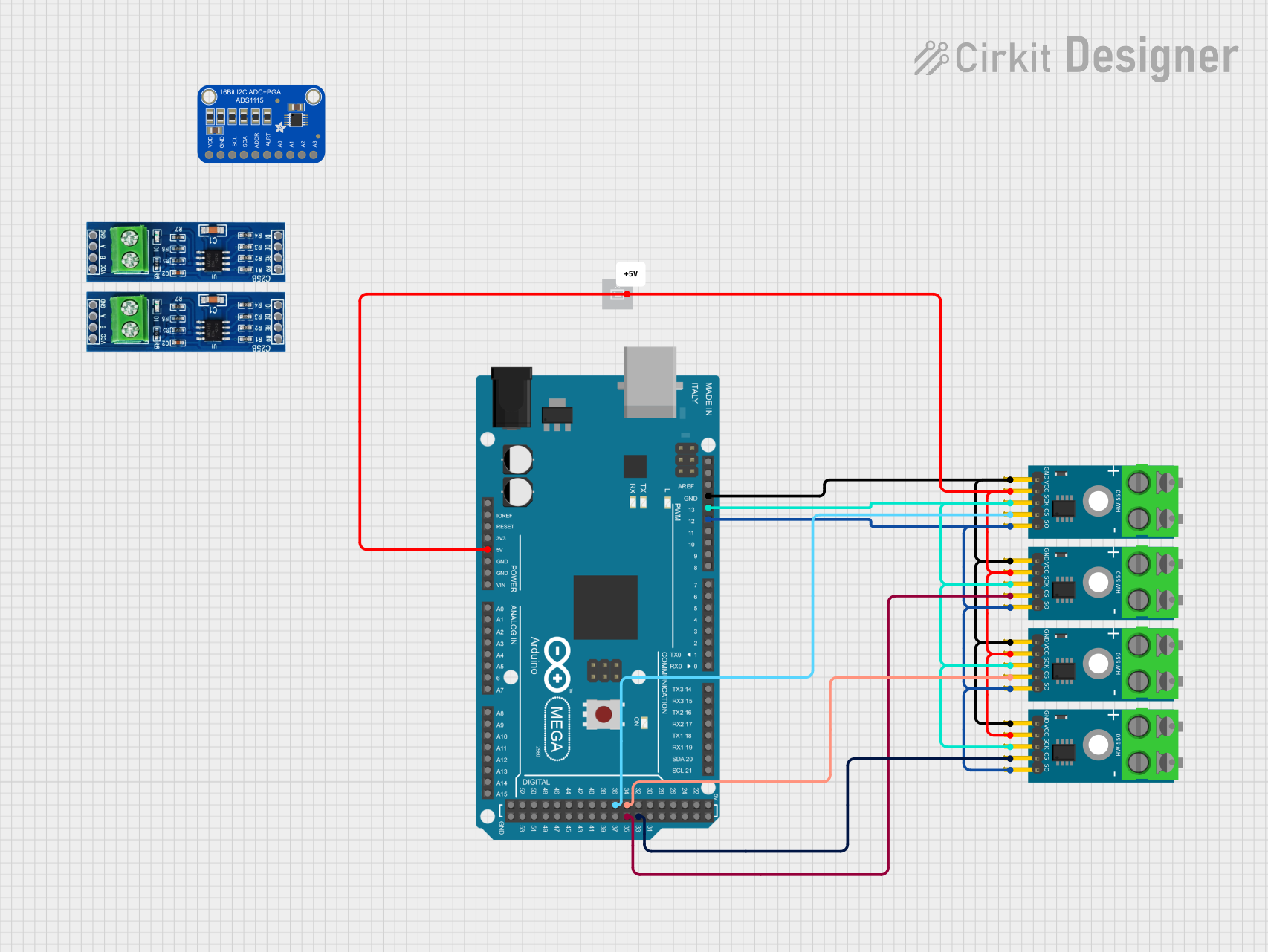
 Open Project in Cirkit Designer
Open Project in Cirkit Designer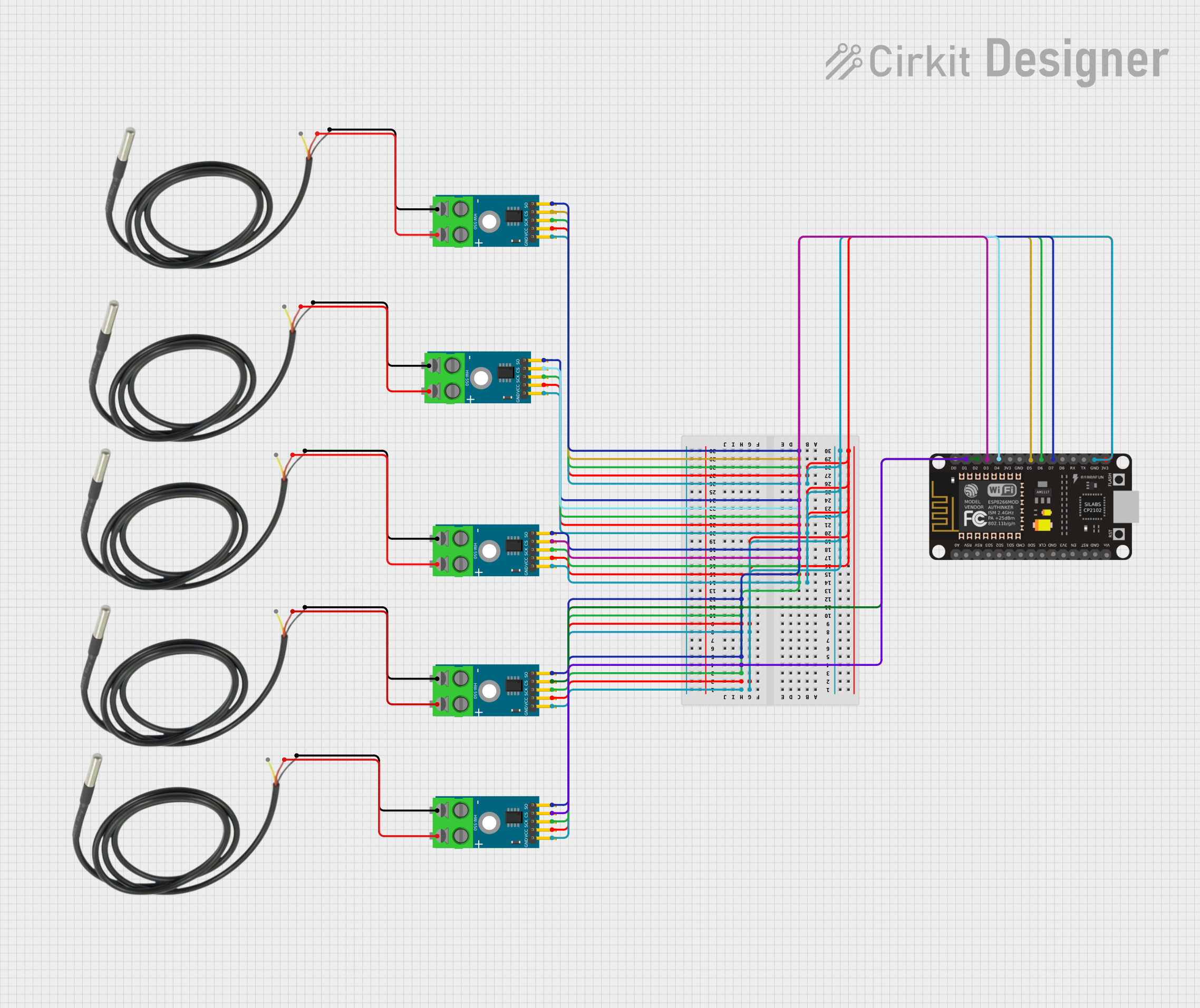
 Open Project in Cirkit Designer
Open Project in Cirkit Designer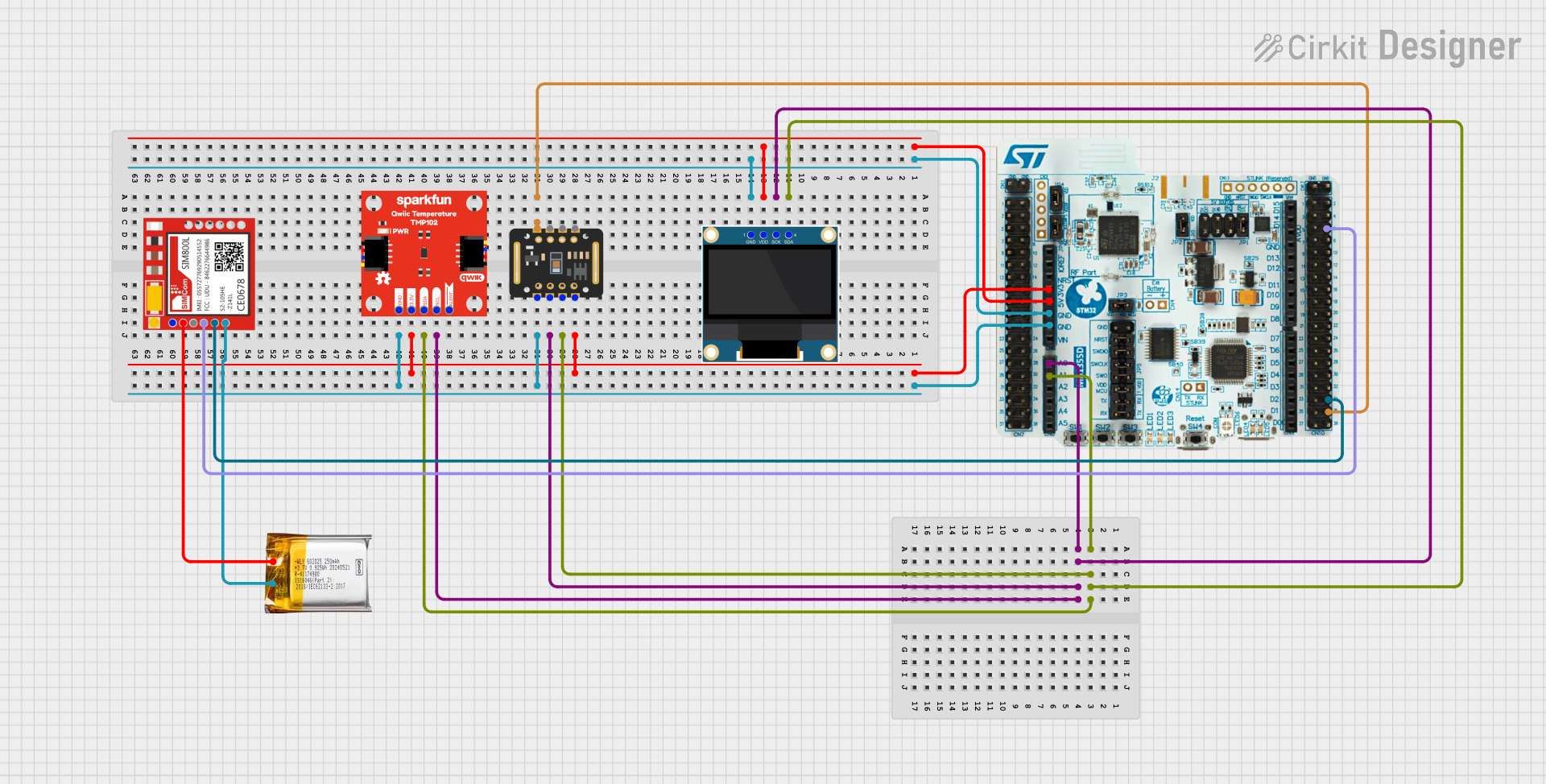
 Open Project in Cirkit Designer
Open Project in Cirkit Designer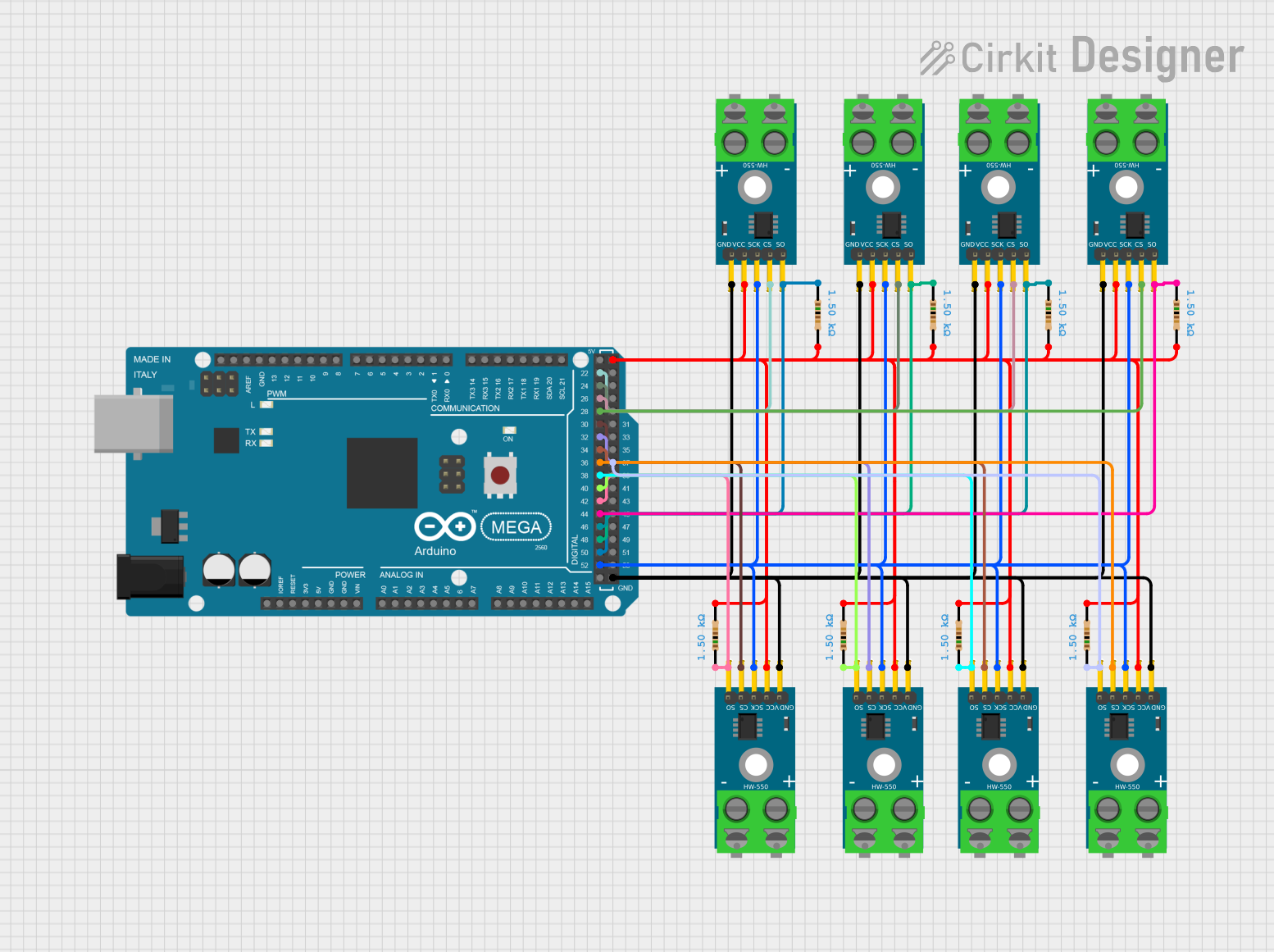
 Open Project in Cirkit Designer
Open Project in Cirkit DesignerExplore Projects Built with MAX3485-TTL

 Open Project in Cirkit Designer
Open Project in Cirkit Designer
 Open Project in Cirkit Designer
Open Project in Cirkit Designer
 Open Project in Cirkit Designer
Open Project in Cirkit Designer
 Open Project in Cirkit Designer
Open Project in Cirkit DesignerCommon Applications
- Industrial automation and control systems
- Building management systems (e.g., HVAC control)
- Remote data acquisition and telemetry
- RS-485 communication networks
- Long-distance serial communication in noisy environments
Technical Specifications
Key Technical Details
| Parameter | Value |
|---|---|
| Supply Voltage (Vcc) | 3.3V to 5.5V |
| Data Rate | Up to 10 Mbps |
| Communication Mode | Half-duplex |
| Input Logic Levels | TTL-compatible |
| Driver Output Voltage | -7V to +12V |
| Receiver Input Sensitivity | ±200 mV |
| Operating Temperature | -40°C to +85°C |
| Power Consumption | Low-power design, typically 1.2 mA (idle) |
Pin Configuration and Descriptions
The MAX3485-TTL is available in an 8-pin SOIC package. The pinout and descriptions are as follows:
| Pin Number | Pin Name | Description |
|---|---|---|
| 1 | RO | Receiver Output: Outputs the received data. |
| 2 | RE̅ | Receiver Enable: Active-low input. Enables the receiver when low. |
| 3 | DE | Driver Enable: Enables the driver when high. |
| 4 | DI | Driver Input: Accepts TTL logic data to be transmitted. |
| 5 | GND | Ground: Connect to system ground. |
| 6 | A | Non-inverting Driver Output / Receiver Input. |
| 7 | B | Inverting Driver Output / Receiver Input. |
| 8 | Vcc | Power Supply: Connect to 3.3V or 5V. |
Usage Instructions
How to Use the MAX3485-TTL in a Circuit
- Power Supply: Connect the Vcc pin to a 3.3V or 5V power source and the GND pin to the system ground.
- Data Transmission:
- Connect the DI pin to the TTL logic data source (e.g., a microcontroller).
- Use the DE pin to enable the driver. Set DE high to transmit data.
- Connect the A and B pins to the RS-485 bus for data transmission.
- Data Reception:
- Connect the A and B pins to the RS-485 bus for data reception.
- Use the RE̅ pin to enable the receiver. Set RE̅ low to receive data.
- The received data will be output on the RO pin.
- Termination Resistor: For long-distance communication, add a 120-ohm termination resistor between the A and B lines at both ends of the RS-485 bus to minimize signal reflections.
Important Considerations and Best Practices
- Ensure proper biasing of the RS-485 bus to maintain a valid idle state when no devices are transmitting.
- Avoid enabling both the driver and receiver simultaneously to prevent conflicts.
- Use twisted-pair cables for the A and B lines to reduce noise and improve signal integrity.
- For Arduino or microcontroller applications, ensure the logic levels on DI, DE, and RE̅ are compatible with the MAX3485-TTL's TTL input levels.
Example: Connecting MAX3485-TTL to an Arduino UNO
Below is an example of how to use the MAX3485-TTL with an Arduino UNO for RS-485 communication:
// Example: Arduino UNO with MAX3485-TTL for RS-485 communication
#define DE_PIN 2 // Driver Enable pin connected to Arduino digital pin 2
#define RE_PIN 3 // Receiver Enable pin connected to Arduino digital pin 3
#define DI_PIN 4 // Driver Input pin connected to Arduino digital pin 4
#define RO_PIN 5 // Receiver Output pin connected to Arduino digital pin 5
void setup() {
pinMode(DE_PIN, OUTPUT); // Set DE pin as output
pinMode(RE_PIN, OUTPUT); // Set RE pin as output
pinMode(DI_PIN, OUTPUT); // Set DI pin as output
pinMode(RO_PIN, INPUT); // Set RO pin as input
// Initialize RS-485 transceiver in receive mode
digitalWrite(DE_PIN, LOW); // Disable driver
digitalWrite(RE_PIN, LOW); // Enable receiver
Serial.begin(9600); // Initialize serial communication
}
void loop() {
// Example: Sending data
digitalWrite(DE_PIN, HIGH); // Enable driver
digitalWrite(RE_PIN, HIGH); // Disable receiver
digitalWrite(DI_PIN, HIGH); // Send a HIGH signal
delay(10); // Wait for data to transmit
digitalWrite(DE_PIN, LOW); // Disable driver
digitalWrite(RE_PIN, LOW); // Enable receiver
// Example: Receiving data
if (digitalRead(RO_PIN) == HIGH) {
Serial.println("Received HIGH signal on RS-485 bus");
} else {
Serial.println("Received LOW signal on RS-485 bus");
}
delay(1000); // Wait before next operation
}
Troubleshooting and FAQs
Common Issues and Solutions
No Communication on the RS-485 Bus:
- Ensure the DE pin is set high during transmission and low during reception.
- Verify that the A and B lines are correctly connected to the RS-485 bus.
Signal Reflections or Noise:
- Add a 120-ohm termination resistor between the A and B lines at both ends of the bus.
- Use twisted-pair cables for the A and B lines to reduce electromagnetic interference.
Incorrect Data Reception:
- Check the RE̅ pin to ensure the receiver is enabled during data reception.
- Verify that the logic levels on the DI and RO pins match the expected TTL levels.
Overheating:
- Ensure the supply voltage (Vcc) is within the specified range (3.3V to 5.5V).
- Avoid shorting the A and B lines, as this can cause excessive current draw.
FAQs
Q1: Can the MAX3485-TTL be used for full-duplex communication?
A1: No, the MAX3485-TTL is designed for half-duplex communication. For full-duplex applications, consider using a full-duplex RS-485 transceiver.
Q2: What is the maximum communication distance for the MAX3485-TTL?
A2: The maximum distance depends on the data rate and cable quality. At lower data rates (e.g., 100 kbps), it can communicate over distances up to 1200 meters.
Q3: Is the MAX3485-TTL compatible with 3.3V microcontrollers?
A3: Yes, the MAX3485-TTL operates at TTL logic levels and supports supply voltages as low as 3.3V, making it compatible with 3.3V microcontrollers.
Q4: Can I use the MAX3485-TTL in noisy environments?
A4: Yes, the MAX3485-TTL is designed for robust operation in noisy environments. Use proper shielding and twisted-pair cables to further enhance noise immunity.